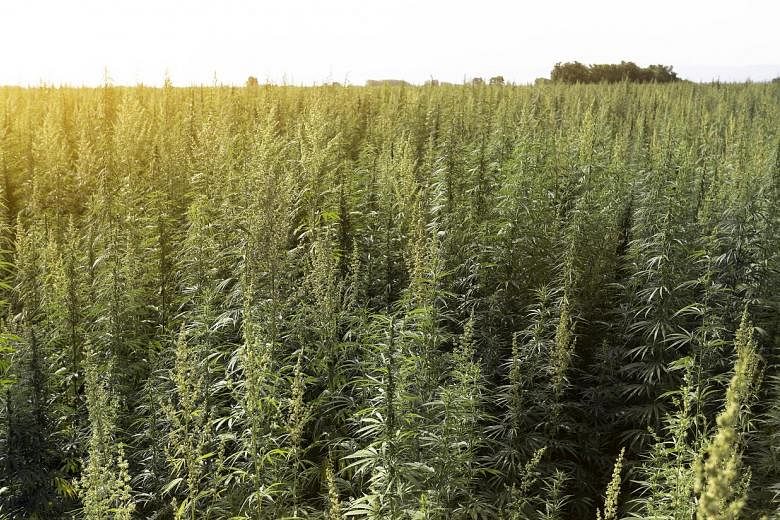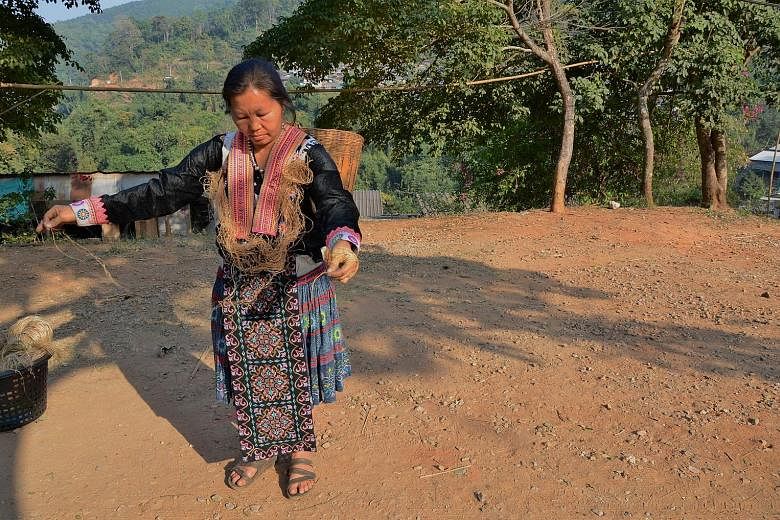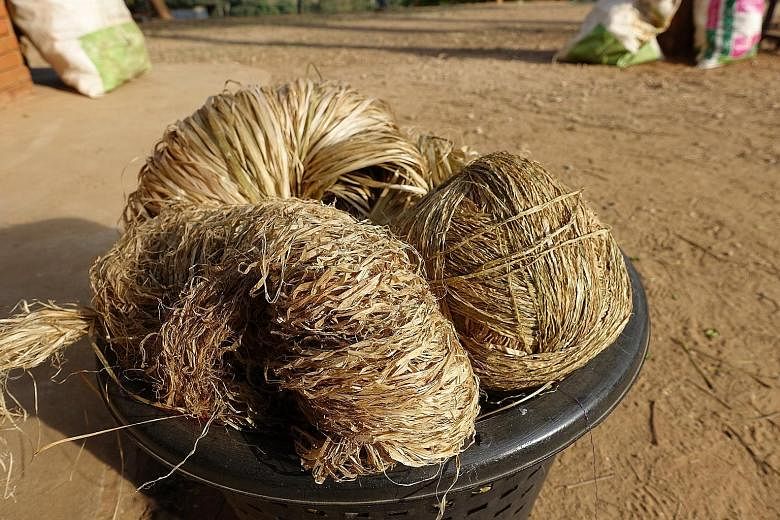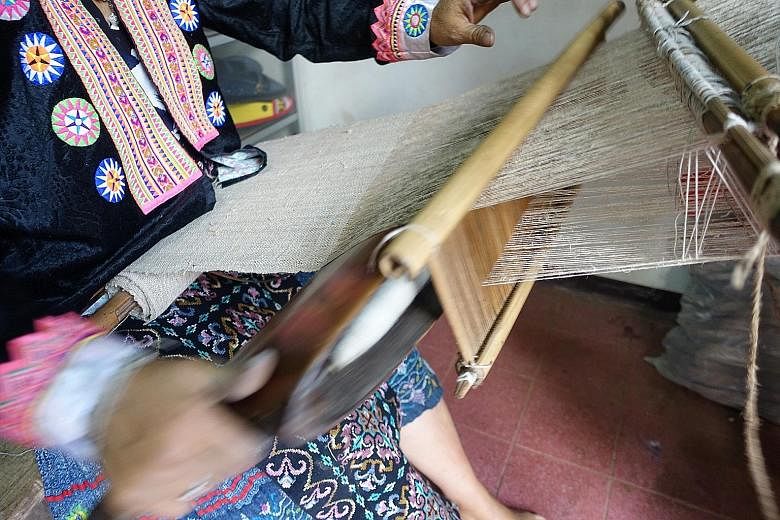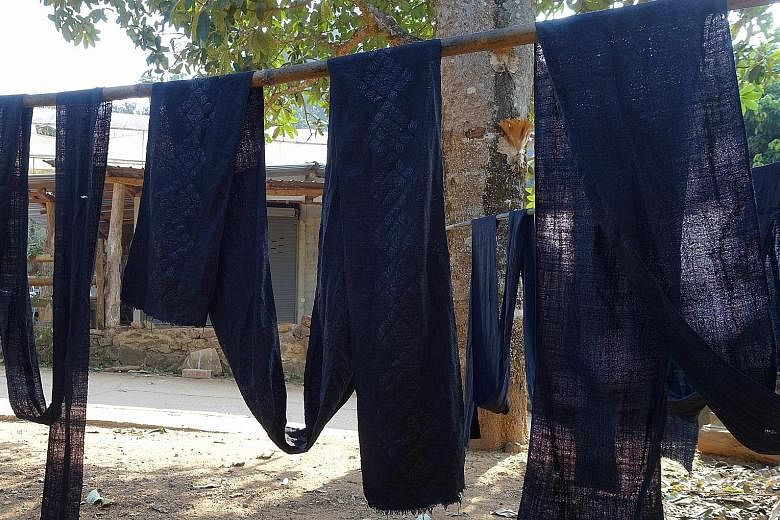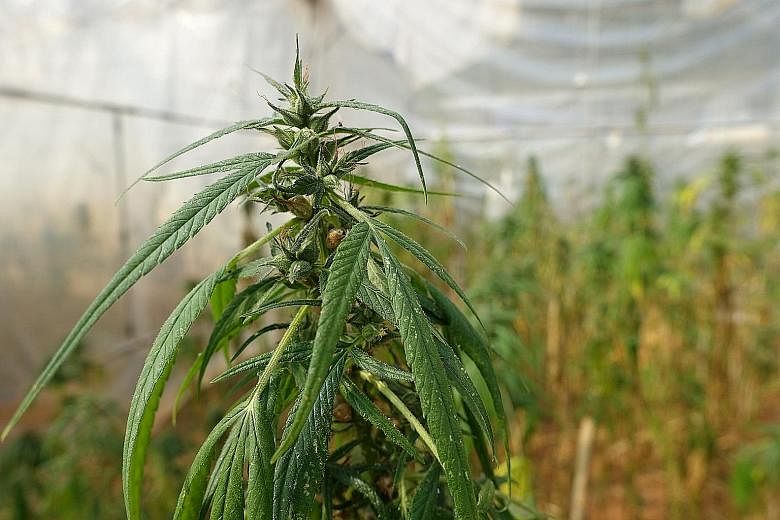Like many other Hmong people, Ms Thanyaporn Thanomworakul has been growing hemp near her home in the mountains for as long as she can remember. Its yarn clothes her family for important rituals marking every milestone, from birth to death.
Unlike her ancestors though, she is not allowed to keep any seed. The tall leafy cannabis sativa is lopped off before it flowers so as to comply with a Thai government policy to control a possible narcotic while still allowing the hill tribe to retain its tradition.
Already a subscriber? Log in
Read the full story and more at $9.90/month
Get exclusive reports and insights with more than 500 subscriber-only articles every month
ST One Digital
$9.90/month
No contract
ST app access on 1 mobile device
Unlock these benefits
All subscriber-only content on ST app and straitstimes.com
Easy access any time via ST app on 1 mobile device
E-paper with 2-week archive so you won't miss out on content that matters to you
